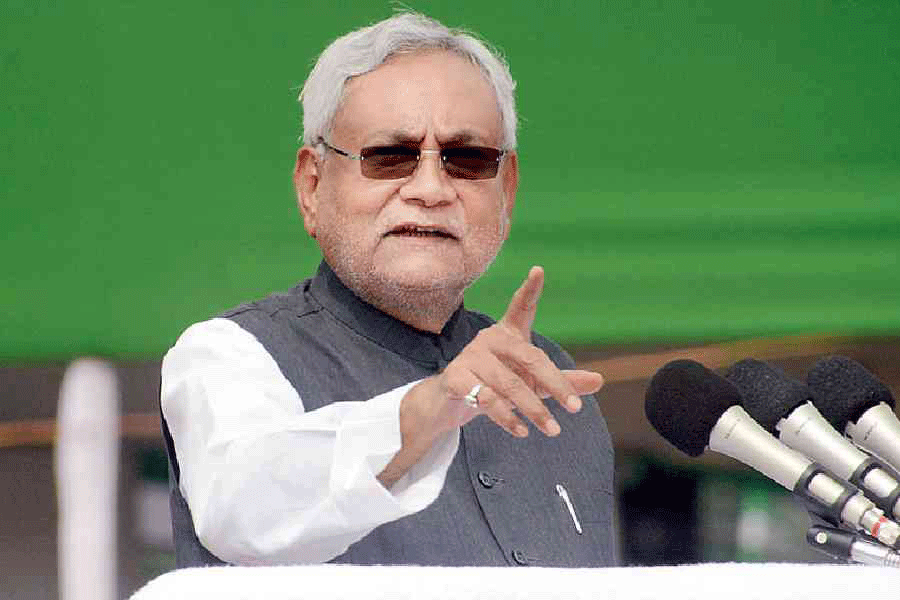As the scope and depth of understanding among the prospective allies and the adoption of a formal name consumed most of the time in Patna and Bangalore, a sense of urgency has dawned on the Opposition leaders to swiftly move to the structure and content of the coalition.
More parties are set to come on board, with several small players having already given their consent and Mayawati holding clandestine negotiations with the INDIA leadership. Sources said a BSP leader has met Bihar chief minister Nitish Kumar and discussed the proposal but Mayawati would like to play her cards at a later stage, probably after seeing the results of the next round of Assembly elections.
If the Congress does well in Madhya Pradesh, Rajasthan, Chhattisgarh and Telangana, the Opposition will get the political heft and swagger to worry the RSS-BJP ecosystem. The fear of Prime Minister Narendra Modi’s coercive politics could also get diluted significantly if the political tide turns against Modi’s dominance. The Congress has decided to pour all its energy into these states, unleashing a massive campaign after the Mumbai conclave.
Joint rallies by INDIA leadership are also planned in these states, which require the constitution of a mechanism to execute the strategies. A coordination committee is most likely to be finalised at the Mumbai meeting, including the top leaders of the main parties, apart from sub-committees on communication strategy and manifesto. Seat-sharing negotiations are unlikely to start in Mumbai but the broad contours of the adjustment may be looked at.
A logo might also be unveiled for the alliance. After the INDIA name, the logo is expected to use the three colours of the national flag without the Ashoka Chakra. This is a unique concept as coalitions in the past did not have a logo. The Mumbai meeting will also elect a convener, the role most likely going to Nitish Kumar. The possibility of a chairman, as many other parties prefer an oversight by the Congress, cannot be ruled out. Sonia Gandhi or Mallikarjun Kharge could be picked for that role.
Senior leaders appeared excited, arguing that they would be able to field one candidate on behalf of the Opposition in over 80 per cent of the constituencies. Two major irritants identified by the leaders are the Congress-AAP conflict in Delhi and Punjab and the Left-Trinamul incompatibility in Bengal. Asked if they are convinced about INDIA remaining intact, one leader said: “Doubts are restricted to just one party!”
The Congress is keen to protect the alliance and is determined to show flexibility and a sense of accommodation. How seriously the party has taken this unity exercise is reflected in the decision of all three big leaders — Sonia, Kharge and Rahul Gandhi — to be present at the Mumbai conclave on August 31 and September 1. All three allies from Maharashtra — the Congress, Shiv Sena and the NCP — are jointly working to make the conclave a grand success.










